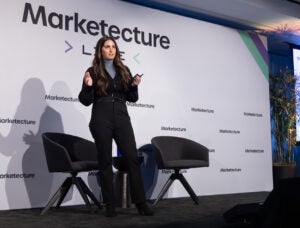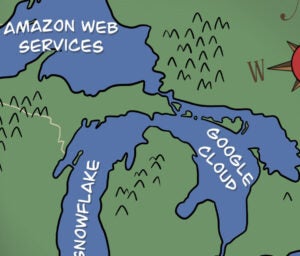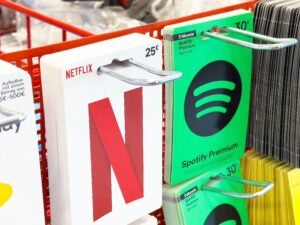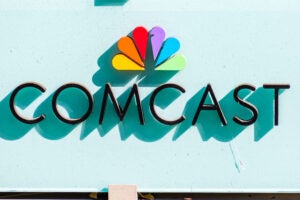 “Data-Driven Thinking” is written by members of the media community and contains fresh ideas on the digital revolution in media.
“Data-Driven Thinking” is written by members of the media community and contains fresh ideas on the digital revolution in media.
Today’s column is written by Loren Wilson, CEO and co-founder at Answer Media.
After years of working with both advertisers and publishers, I’ve witnessed the often inharmonious relationships of the two sides.
Advertisers want guaranteed viewability, low CPMs and high user engagement. Publishers want guaranteed fill rates, regardless of viewability, high CPMs and ads that don’t compromise their user experiences. These conflicting needs can create adversarial tension between advertisers and publishers far too frequently.
Recently, a Kellogg’s marketing manager said he resents having to pay more for viewable impressions. In the past, viewable ads were never a priority for publishers because advertisers didn’t think twice about buying high-CPM, nonviewable impressions in bulk. Publishers offered impressions with little transparency and advertisers bought them.
In today’s market, the complaint about buying nonviewable impressions has one easy solution: Stop buying them. Imagine a grocery store chain complaining about paying far more for cereals with natural ingredients over the sugary, processed cereals that contribute to our society’s obesity epidemic. Shouldn’t the good cereal be cheaper since they’re better for consumers? No, that’s just not how a supply-and-demand market works.
Rather than mudslinging, I would advocate that publishers and advertisers forge a middle ground through direct interaction. Advertisers need to stop relying too heavily on their platform and exchange relationships to drive desired results. These entities are set up to provide efficiency for both sides, but better business opportunities are usually within reach by working directly together, whether it’s within or outside of a chosen platform or exchange that prioritizes collecting transactional fees. They don’t own or control all, if any, of the inventory.
Advertisers should better leverage Deal IDs to segment inventory best suited to their needs via more direct business opportunities with publishers. They might just get their desired results in a less adversarial way.
While it is getting tougher for publishers to properly monetize, they shouldn’t dismiss the needs of advertisers and users for short-term gain. Consumers don’t have to go far within their social media channels to find shared or promoted articles from websites with degraded functionality, slow-loading pages and ad clutter. It’s the misguided notion of quantity over quality as a way to increase page eCPM, but ultimately leads to depressed CPMs from advertisers and increased ad blocking.
A little effort and investment in the long term can create new content in the form of video, sponsored articles and mobile-specific experiences that can bring opportunities for higher CPMs and happier advertisers and users.
Advertisers are also guilty of taking the path of least resistance. By focusing almost exclusively on the comScore top 200 when targeting and allocating their ad budgets, they are depriving themselves of the opportunity presented by the vast long tail of digital content sites, which in aggregate can rival the reach of the comScore sites. And it’s those long-tail publishers that may offer more creative implementations, flexibility and better pricing.
Like any market, the digital advertising market is a volatile container with many disparate objectives at odds with each other but the intense friction doesn’t have to exist as long as sellers and buyers keep their eyes on the collective prize and actually work together. Working together and achieving the best win-win scenario does require a certain sensitivity toward the other side’s needs and objections, along with compromise to balance the primary goals of both parties.
Follow Answer Media (@videomosh) and AdExchanger (@adexchanger) on Twitter.













